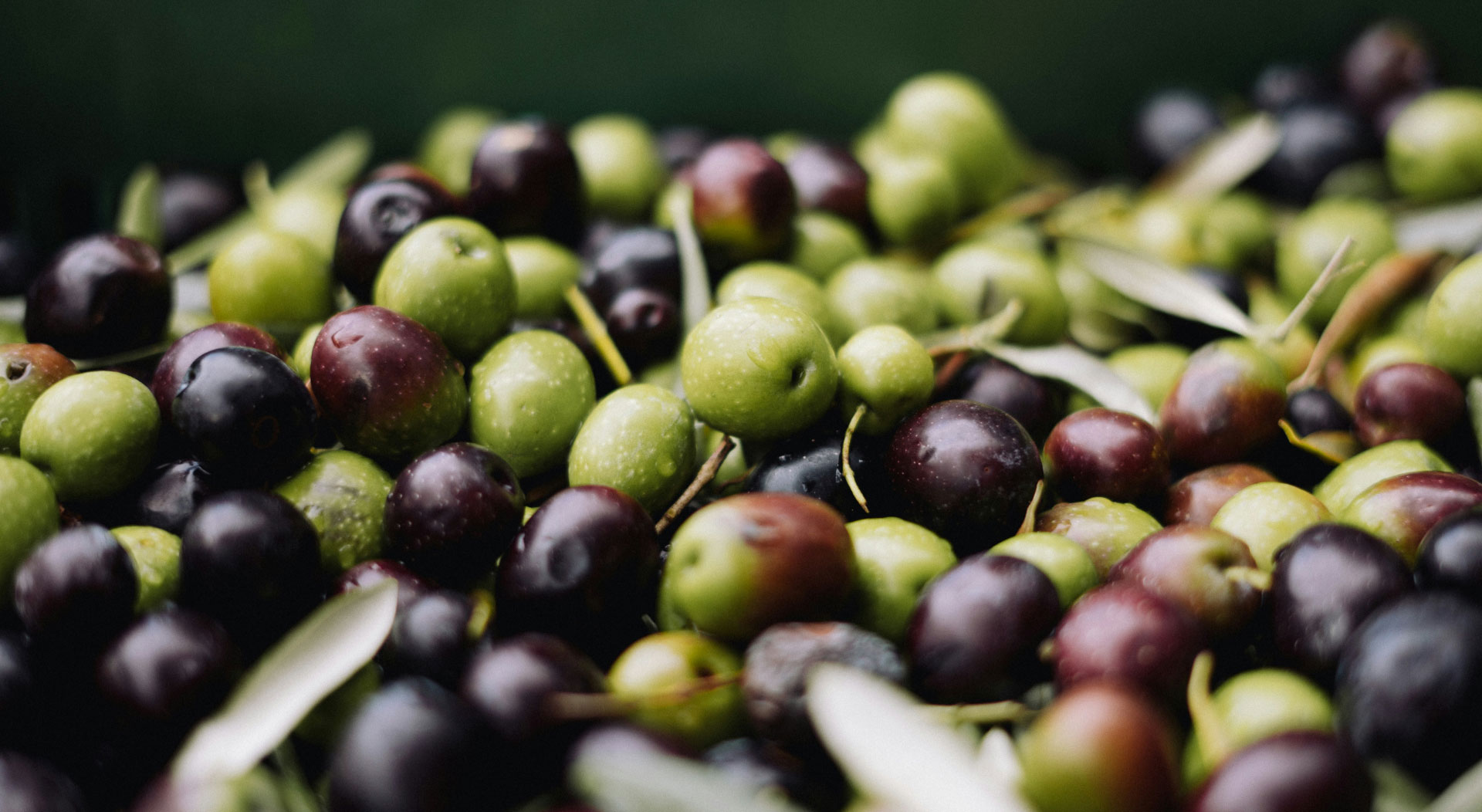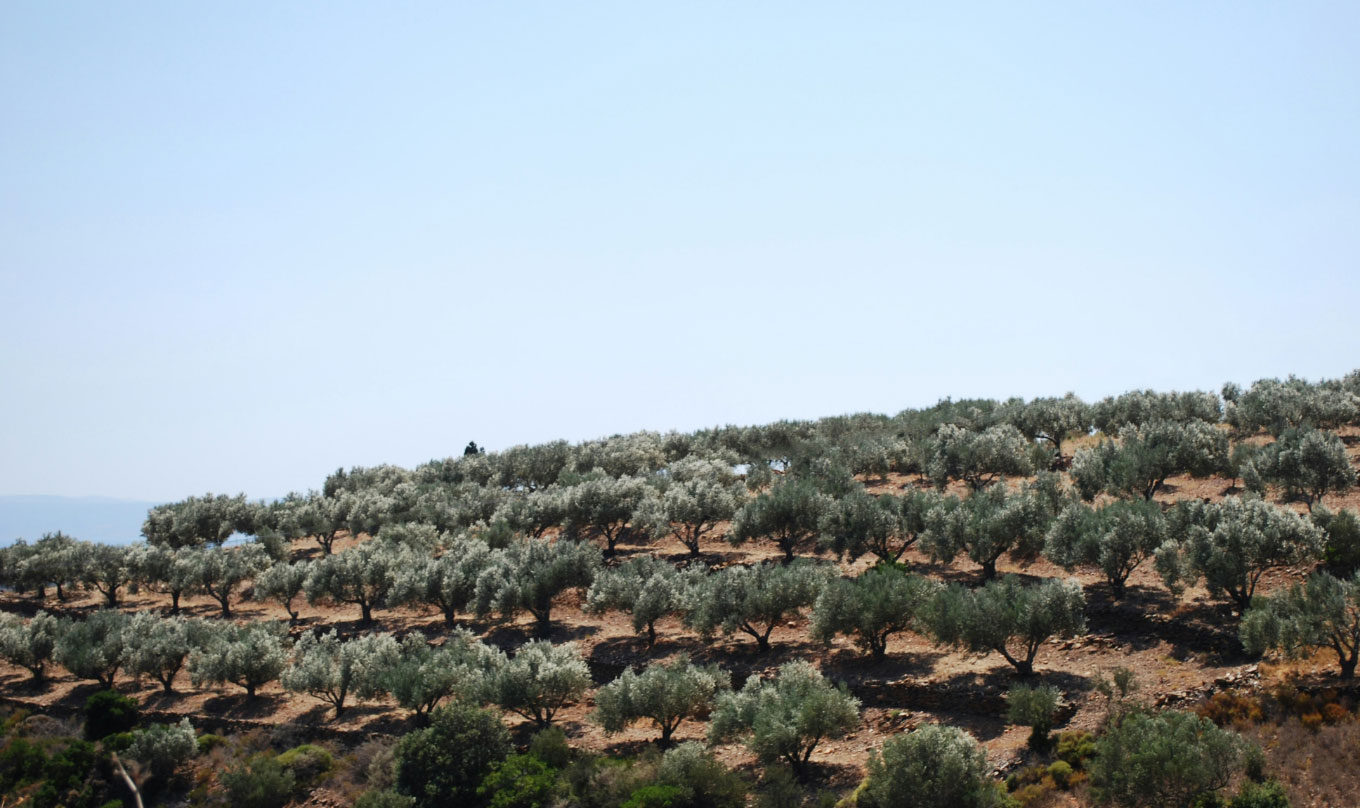 06.06.24
06.06.24
Olive Oil Categories
Explore the main categories of olive oil, defined by distinct production methods and chemical parameters, essential for assessing their quality and suitability in various uses.
read more
As we’ve mentioned before, olive oil has some serious advantages compared to other fats. But let’s get into the real questions:
Can I swap any fat or butter with olive oil?
What about calories and nutrients?
Will it mess with the flavor?
Does it change the final result?
How much olive oil should I use?
Let’s break it down!
Pretty much, yes! Most vegetable fats can be swapped. You can go from butter to extra virgin olive oil (EVOO) and back again. All fats have the same amount of calories —around 9.3 cal/ml.
The difference is how those calories are made up:
Monounsaturated fats (good)
Polyunsaturated fats (also good)
Trans fats (bad)
Cholesterol + sodium (depends)
EVOO is one of the healthiest picks out there. It’s packed with antioxidants, heart-healthy fats, and it tastes amazing.
Butter ≠ Olive Oil
Butter is about 80% fat, but also contains water and milk solids. So if you swap 1:1 with olive oil, things can get greasy and heavy. The solution is to use 25% less olive oil than the butter amount.
Here’s a conversion table:
| Butter | → | Olive Oil |
|---|---|---|
| 1 tsp | → | ¾ tsp |
| 1 tbsp | → | 2¼ tsp |
| ¼ cup | → | 3 tbsp |
| ⅓ cup | → | ¼ cup |
| ½ cup | → | ¼ cup + 2 tbsp |
| ⅔ cup | → | ½ cup |
| ¾ cup | → | ½ cup + 1 tbsp |
| 1 cup | → | ¾ cup |
Unit conversions:
| Unit | ML | FL OZ |
|---|---|---|
| 1 tsp | 5 ml | 0.16 oz |
| 1 tbsp | 15 ml | 0.5 oz |
| 1 cup | 240 ml | 8 oz |
You can totally swap in olive oil for:
Sautéing
Pan-frying
Deep frying
Baking (yep, even in brownies, cookies, and muffins!)
Anywhere you’d use melted butter (but not creamed butter—more on that below)
And hey, it gives a slightly fruity, richer taste that elevates a lot of baked goods. Try it once and thank us later.
Some recipes just need butter. Here’s when EVOO isn’t your friend:
Wok cooking/stir-frying: Woks get super hot—too hot for olive oil. It’ll smoke fast and mess with your food. Go for high-smoke-point oils instead.
Creaming butter + sugar: Olive oil just doesn’t fluff the same. It’s too liquidy, and the aroma can overpower sweet bakes (think “veggie cake” vibes). Stick to butter when the texture or flavor really matters.
Olive oil is a healthy, tasty, and versatile fat. Use it smartly, as a healthy butter alternative, and it can upgrade your meals in flavor and nutrition.
Pro tip: Start small. Test it out in one recipe and adapt based on your taste.
Sources:
 06.06.24
06.06.24
Explore the main categories of olive oil, defined by distinct production methods and chemical parameters, essential for assessing their quality and suitability in various uses.
read more 04.06.24
04.06.24
Learn how to choose the best olive oil with tips on category, extraction methods, origin, and storage practices to preserve its quality and flavor.
read more